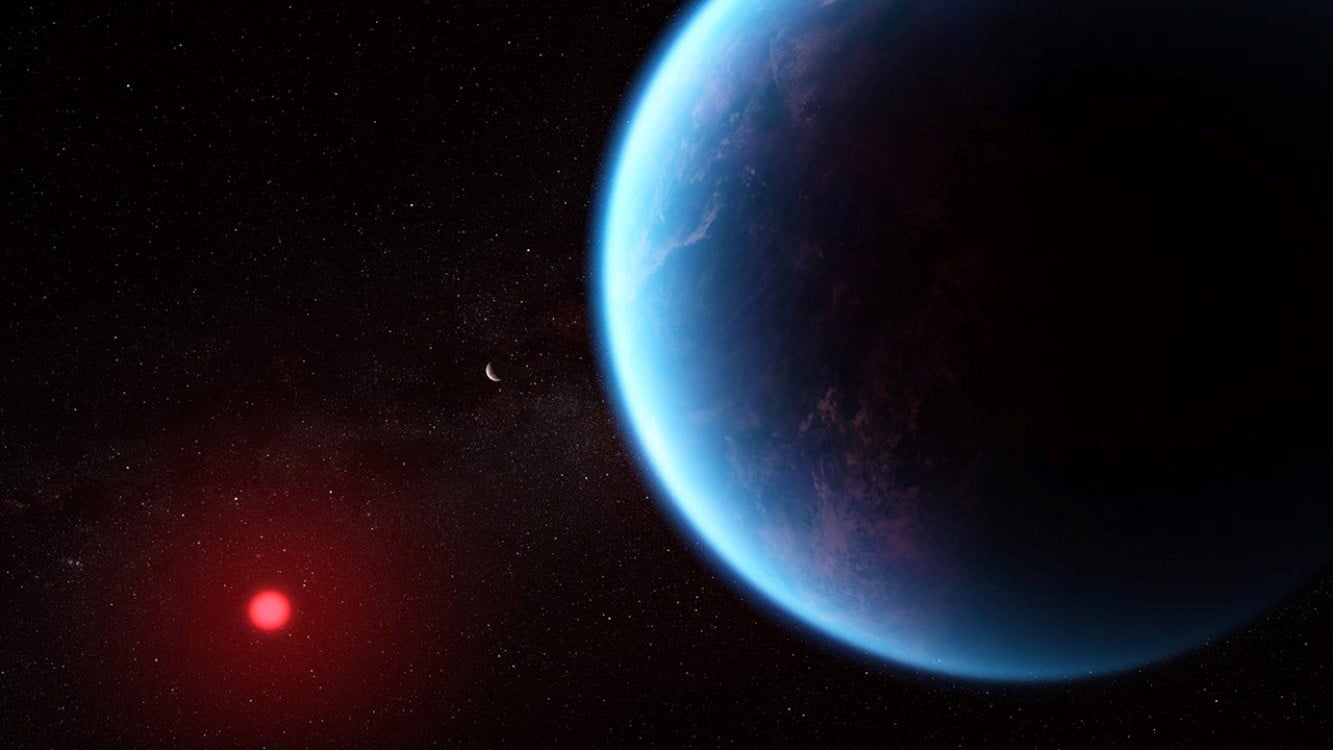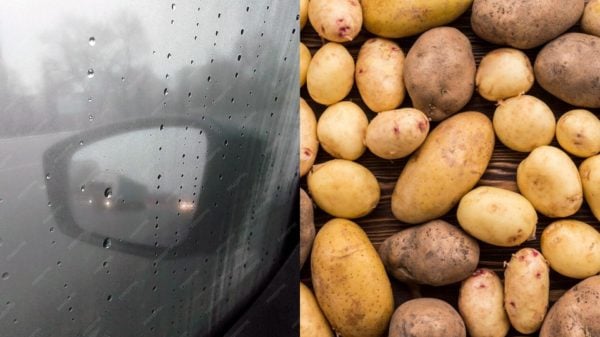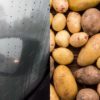Do aliens exist, or are they a figment of our imaginations? This question has been the subject of debate for many years. While several conspiracy theorists have stated that these extraterrestrials are real, others such as SpaceX’s CEO, Elon Musk, find this assertion ridiculous.
“I think if anyone would know about aliens on Earth it would probably be me. Yeah, I’m, you know, very familiar with space stuff. And I’ve seen no evidence of aliens…” Elon Musk once said.
Before now, NASA has been unwavering in their stance that there is no evidence to prove the existence of aliens. However, a recent finding may have them changing their position on the subject soon.
NASA, in a tweet on September 11, has revealed molecule traces of Dimethyl sulfide (DMS) in one of the planets that orbit around the stars. DMS is a molecule that exists in many natural sources and is produced by living organisms, especially those in marine environments such as phytoplanktons.
A James Webb Space Telescope has analyzed an exoplanet identified as K2-18 b and revealed the presence of DMS in its atmosphere. If this finding is confirmed, it will be the strongest proof of life outside Earth.
This is especially as an investigation carried out by JWST has proven the presence of carbon dioxide, methane, and other carbon-bearing molecules in the exoplanet. With these findings, one can reasonably conclude that K2-18 b is a “Hycean” exoplanet with liquid oceans on its surface and hydrogen in its atmosphere.
According to a University of Cambridge astronomer, Professor Nikku Madhusudhan, the findings “underscore the importance of considering diverse habitable environments in the search for life elsewhere.” “Traditionally, the search for life on exoplanets has focused primarily on smaller rocky planets, but the larger Hycean worlds are significantly more conducive to atmospheric observations,” the university don added.
However, NASA has issued a caveat. In its tweet, the space agency stated that “while K2-18 b is in the habitable zone (where conditions are right for liquid water to exist), that does not necessarily mean it can support life. For instance, it may have a hostile environment due to its active star. Its ocean may also be too hot to be habitable.”
K2-18 b, often referred to as a sub-Neptune, orbits its cool dwarf K2-18 star in the Leo constellation. This exoplanet is nearly nine times the size of the Earth and 120 light years away from our planet.
The exoplanet isn’t well understood because of how scarce sub-Neptunes are in our solar system vicinity. Regardless, this new discovery is an exciting one that may lead us closer to the end of the debate on alien existence.
As Professor Madhusudhan points out, “Upcoming Webb observations should be able to confirm if DMS is indeed present in the atmosphere of K2-18 b at significant levels. Our findings are a promising step towards a deeper understanding of Hycean worlds in this quest.” Until more conclusive findings are made, we are keeping our fingers crossed.
































